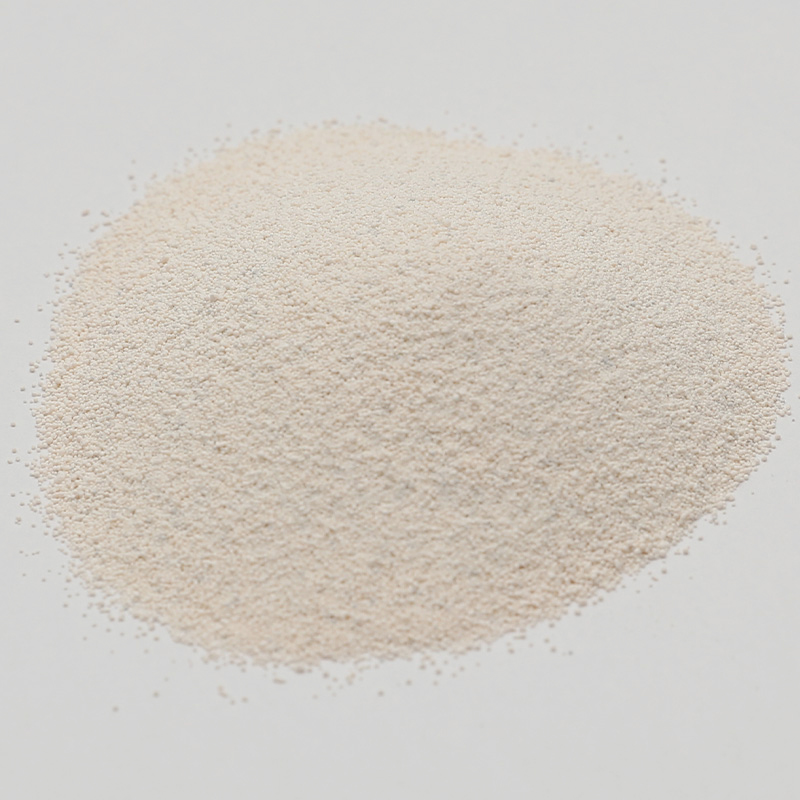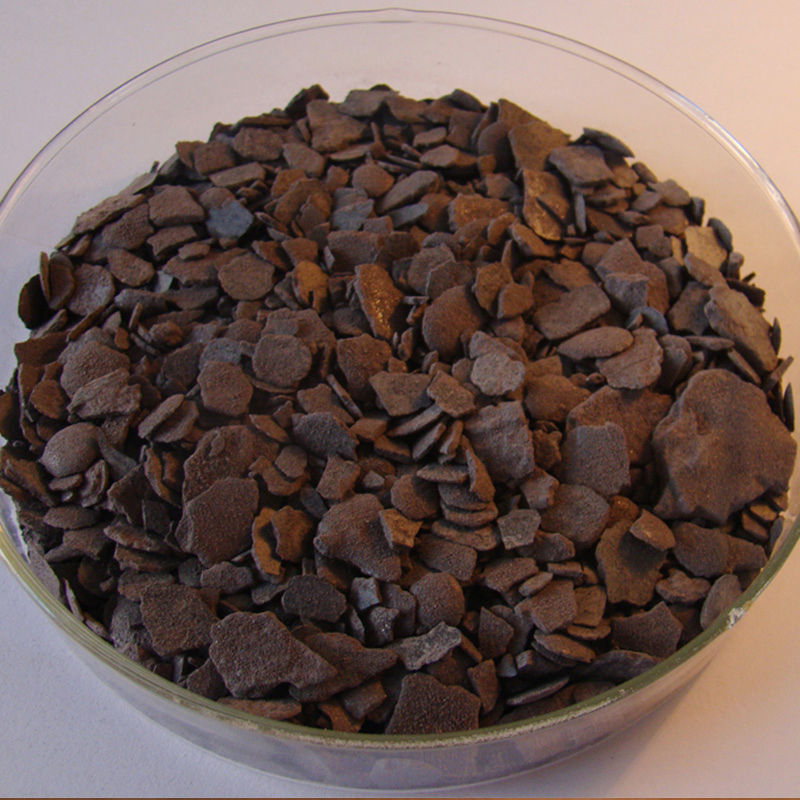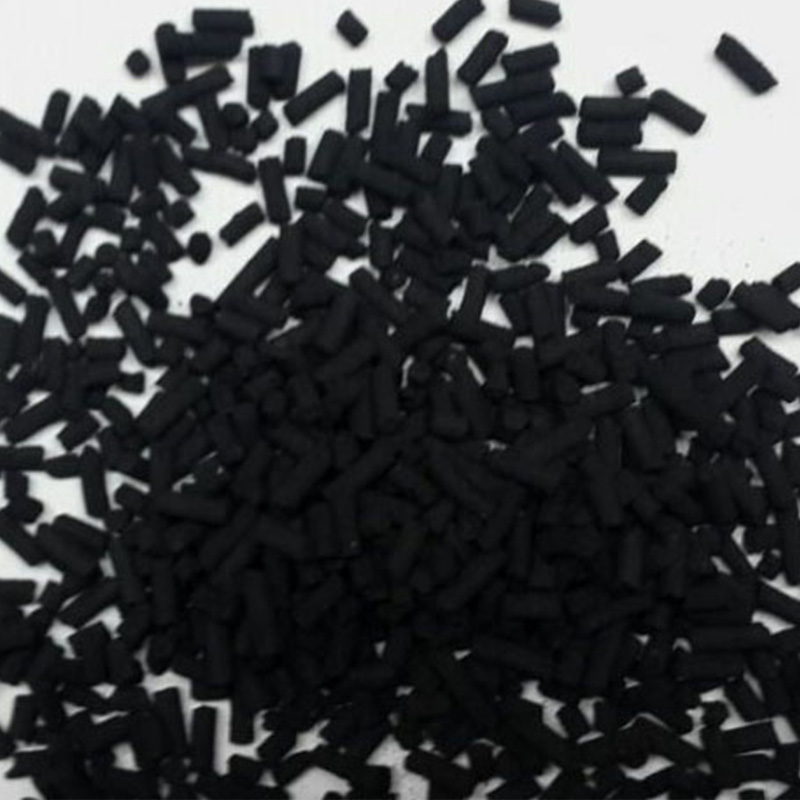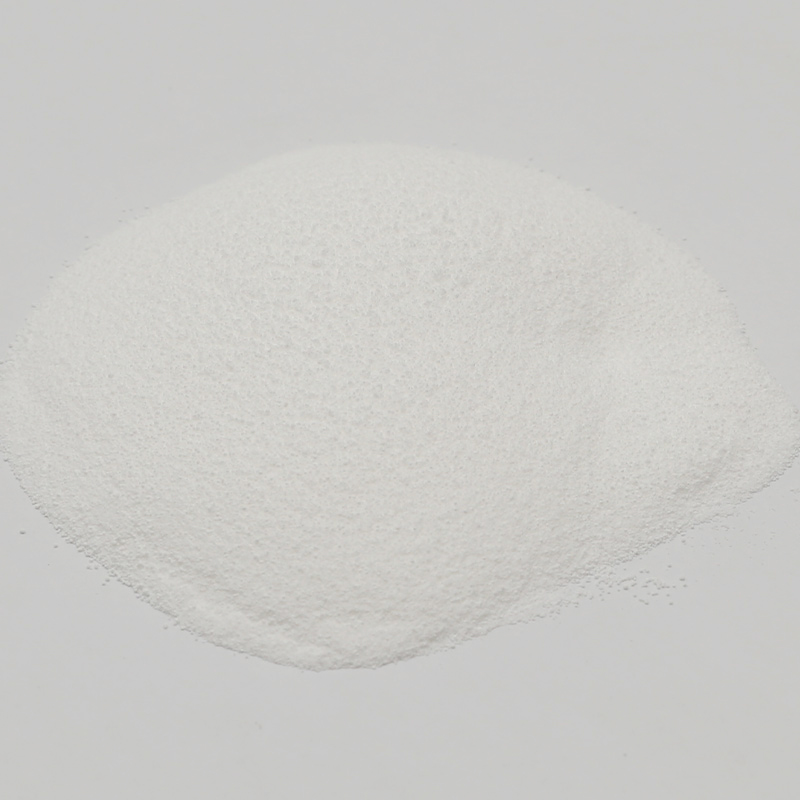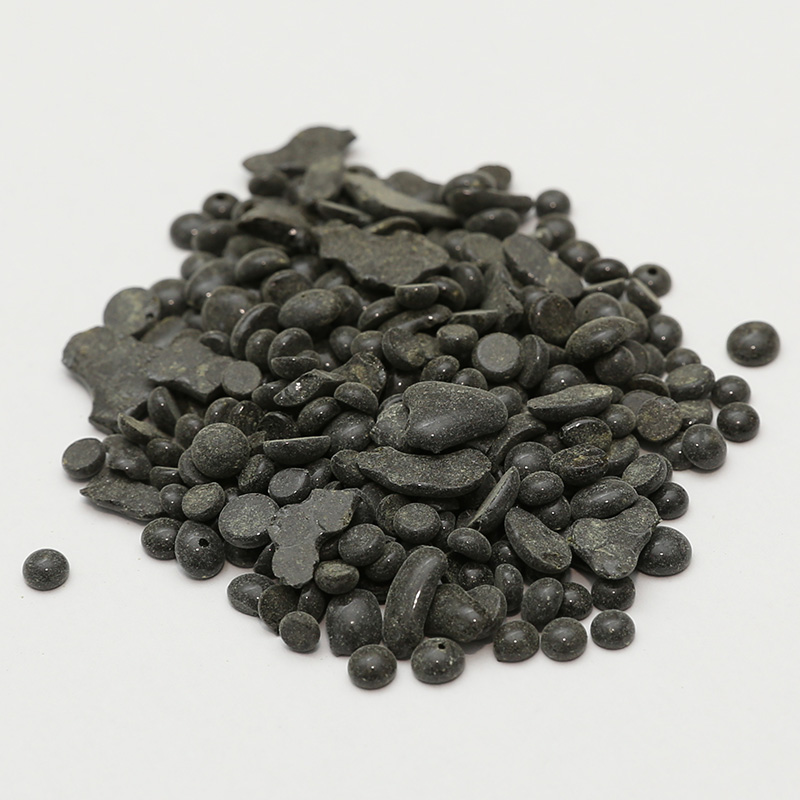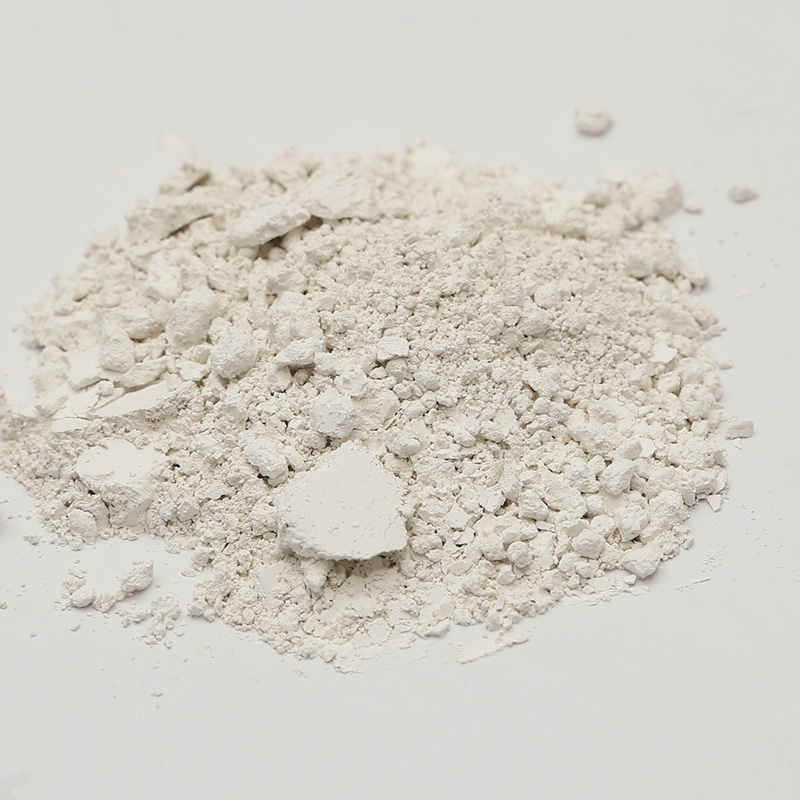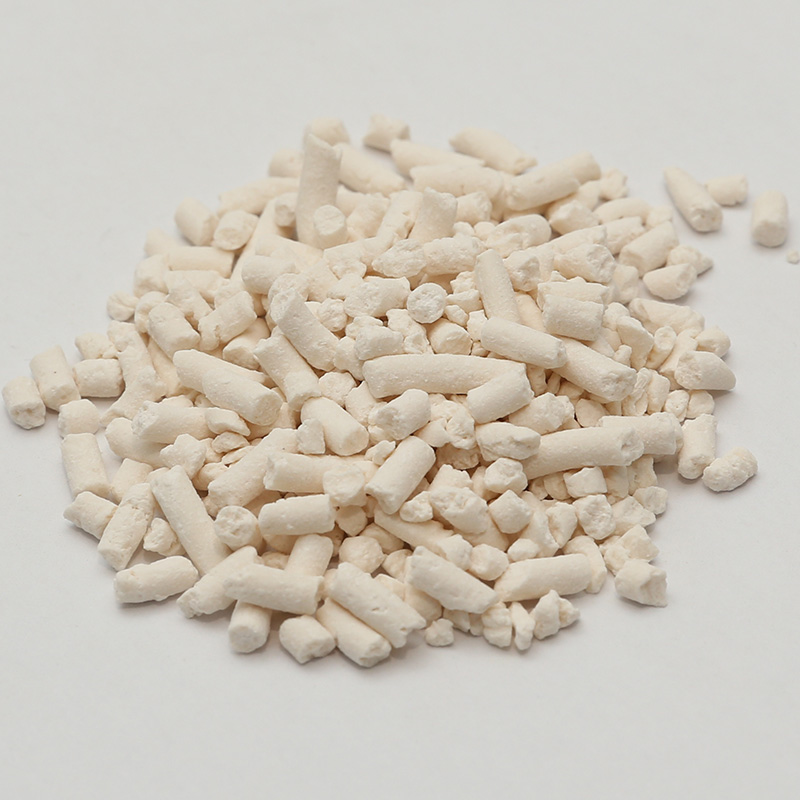Rubber materials are widely used in various industries due to their exceptional flexibility, resilience, and durability. However, to meet the specific demands of different applications, raw rubber often requires enhancement. This is where Rubber Additives come into play. These chemical compounds are mixed with rubber during the manufacturing process to improve its overall performance and increase its longevity. In this article, we will explore how Custom Rubber Additives contribute to the performance and extended lifespan of rubber materials.
Rubber Additives are substances incorporated into rubber compounds to enhance their physical, chemical, and mechanical properties. These additives are designed to improve specific aspects of rubber, such as elasticity, heat resistance, or durability, depending on the intended application. There are various types of Rubber Additives, including antioxidants, plasticizers, curing agents, stabilizers, fillers, and accelerators. Each of these additives has a unique function that helps optimize the rubber’s performance for different environmental and operational conditions.
One of the significant benefits of OEM Liquid Rubber Additives is the enhancement of durability. Rubber materials, particularly those used in outdoor applications like tires and seals, are highly susceptible to degradation caused by environmental factors, such as ozone and oxidation. Antioxidants and antiozonants are Rubber Additives designed to prevent or slow down the oxidation and ozone degradation process.
Oxidation occurs when rubber reacts with oxygen, resulting in molecular breakdown, which can make the rubber brittle and prone to cracking. Antioxidants work by neutralizing free radicals in the rubber, which are responsible for accelerating oxidation. Similarly, antiozonants protect rubber from the harmful effects of ozone exposure, which can cause surface cracking and premature aging.
Flexibility is another crucial property of rubber, especially in products like seals, gaskets, and hoses that need to bend and stretch without cracking. Plasticizers are Rubber Additives that are used to increase the flexibility and processability of rubber. They reduce the viscosity of the rubber compound, making it easier to process and mold. Plasticizers work by weakening the intermolecular forces between rubber molecules, allowing them to slide past one another more easily.
While plasticizers increase flexibility, they also help improve the rubber’s ability to perform under varying temperatures. Rubber products that are too stiff can break or lose their function under stress, while overly flexible rubber may not have the necessary strength to withstand heavy loads.
Heat resistance is a critical property for rubber materials used in high-temperature environments, such as automotive parts, industrial machinery, and electrical components. Without sufficient heat resistance, rubber can soften, lose its shape, or even melt when exposed to elevated temperatures. Vulcanizing agents, or curing agents, are Rubber Additives that help create a more stable molecular structure within the rubber, improving its heat resistance and overall strength.
Fillers are commonly used in rubber manufacturing to reinforce the material and improve specific properties, such as strength, hardness, and wear resistance. These Rubber Additives, which include carbon black, silica, and clay, are mixed with rubber to improve its mechanical properties without significantly increasing production costs.
Rubber materials used in industrial applications, such as seals and gaskets, are often exposed to a wide range of chemicals, oils, and solvents. Without proper protection, these substances can degrade rubber, causing it to lose its flexibility, strength, and integrity. Stabilizers are Vulcanised Rubber Tape Makers that help protect rubber from chemical degradation by acting as inhibitors.
Rubber Additives are essential for improving the performance and longevity of rubber materials. Whether it's enhancing durability with antioxidants, increasing flexibility with plasticizers, or reinforcing strength with fillers, these additives help optimize rubber for specific applications. By incorporating the right combination of it, manufacturers can create high-performance rubber products that are more durable, cost-effective, and suited to the demanding conditions of various industries. As technology advances and new challenges arise, the role of Rubber Additives will continue to be vital in ensuring that rubber materials meet the ever-evolving needs of the marketplace.



 English
English Português
Português Español
Español русский
русский 中文简体
中文简体